The Brain
A person’s brain continues to grow and develop until they are approximately 25 years of age. A child’s brain injury should be viewed as a “chronic disease” and not a one‐time event. This is because a child’s injury is often revealed when they should have reached a stage or a developmental milestone and do not. Since a child is in a constant state of development, it can be difficult to determine in advance how a child’s brain injury will impact their future abilities and when difficulties will arise.
There are two general phases of recovery after
a child’s brain injury:
Immediately following the time of injury:
- There may be a significant decrease in cognitive, emotional, and behavioural skills
- There is usually a focus on rehabilitation during this initial dip – often the child returns to near normal levels in basic cognitive function like memory and communication
Delayed neuro‐cognitive stall:
- This can occur years later
- A time where there appears to be a lack or slowing of development in cognitive, emotional, and behavioural skills when compared to their peers
- The child’s performance may appear to worsen at this time, but it is often not known why
There are two general phases of recovery after
a child’s brain injury:
Immediately following the time of injury:
- There may be a significant decrease in cognitive, emotional, and behavioural skills
- There is usually a focus on rehabilitation during this initial dip – often the child returns to near normal levels in basic cognitive function like memory and communication
Delayed neuro‐cognitive stall:
- This can occur years later
- A time where there appears to be a lack or slowing of development in cognitive, emotional, and behavioural skills when compared to their peers
- The child’s performance may appear to worsen at this time, but it is often not known why
What Can Happen Following a
Child’s Brain Injury
(Used with expressed permission from Holland Bloorview Kids Rehabilitation Hospital. Adapted for BIFI-A by Caron Gan)
When your child/teen has sustained an acquired brain injury (ABI), it can be a stressful, confusing, and a difficult time for your entire family. The following information is designed to help you, your child/teen, and family understand some of the changes that can occur following the injury.
While we have provided some suggestions to help you through the recovery process, the most important thing to keep in mind is that an injury to the brain can affect a child’s thinking, emotions, and behaviour. Although you may notice some of these changes, your child/teen may have trouble seeing and accepting the changes in himself/herself. If the injury happened at a younger age, these changes may be more apparent as the child gets older.
Brain injury affects your whole family. Please be aware that siblings also may be distressed or upset by the injury and will have questions and concerns about their brother’s/sister’s recovery.
Fatigue
Fatigue is the most common complaint following a brain injury. Although it can last longer than other symptoms, it should decrease over time. Certain activities and school may increase fatigue. Fatigue may cause irritability, headaches, and poor concentration influencing many areas of your child’s life.

What you can do:
- Build rest periods into the day
- Try to restore a good sleep pattern
- Identify signs of fatigue and rest accordingly
- If there are signs of being tired and overwhelmed, try to reduce noise levels and stimulation to allow for quiet time
- Alter post-injury expectations
- Gradually ease back into school and activities
- Do mentally straining activities in the morning when feeling fresh and well-rested (e.g. math, reading)
Headaches
Complaints of headaches are common following an acquired brain injury. They may be the result of being over stimulated by bright lights or noise, or from being tired.
What you can do:
- Check with the doctor for appropriate medication and to make sure there is nothing else going on
- Keep a headache journal with dates and times, and look for patterns of when headaches occur (e.g. after school, first thing in the morning)
- Check that your child/teen is getting enough rest and down-time
- Avoid excessively noisy of overstimulating activities that may trigger headaches
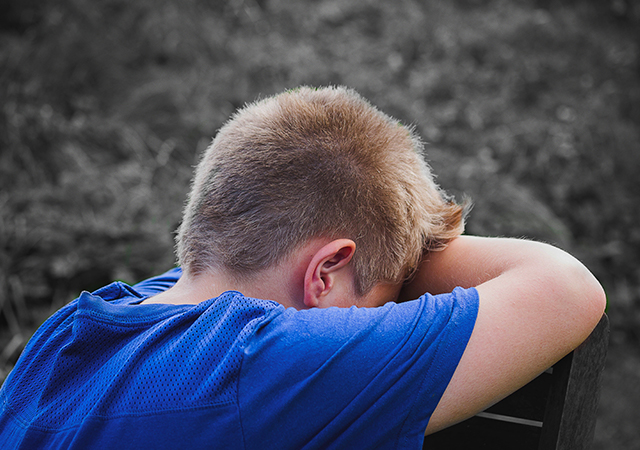
Changes in Sleep Patterns
There are many ways sleep can change following your child/teen’s brain injury.
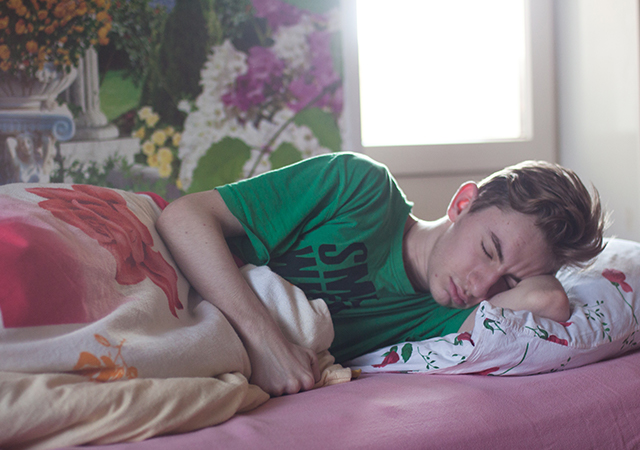
Some of these include:
- Frequently waking during the night
- Staying up late or having trouble falling asleep
- Restless sleep (i.e. bed looks like it has been destroyed the next morning)
- Nightmares or night terrors
- Needing more frequent naps or sleep in general
- Trouble waking up in the morning
- Excessive fatigue, even with a good night’s sleep
What you can do:
- Try to establish a regular sleep schedule and a quiet routine before bed
- Turn off any electronics before bedtime
- Report frequent nightmares to your child’s physician
- Keep a sleep diary
- Avoid caffeine in the evening (e.g. soda, chocolate, coffee, tea)
- Try to ensure the bedroom is free from distractions and noise
- Use “white noise” (e.g. run a fan)
Changes in Emotions
A normally even-tempered child or teen may become very emotional following a brain injury with angry outburst and crying spells. As well, you may notice sudden changes in mood for no apparent reason, or your child becoming withdrawn and depressed.
What you can do:
- Determine if they are tired or overstimulated
- Reassure your child that it is normal to be emotional following a brain injury
- Seek advice on how to arrange counselling for your child
- Use a “time-out” if things get out of control or if there is aggression
- Help them find better ways to express themselves
- Encourage your child to talk about their feelings
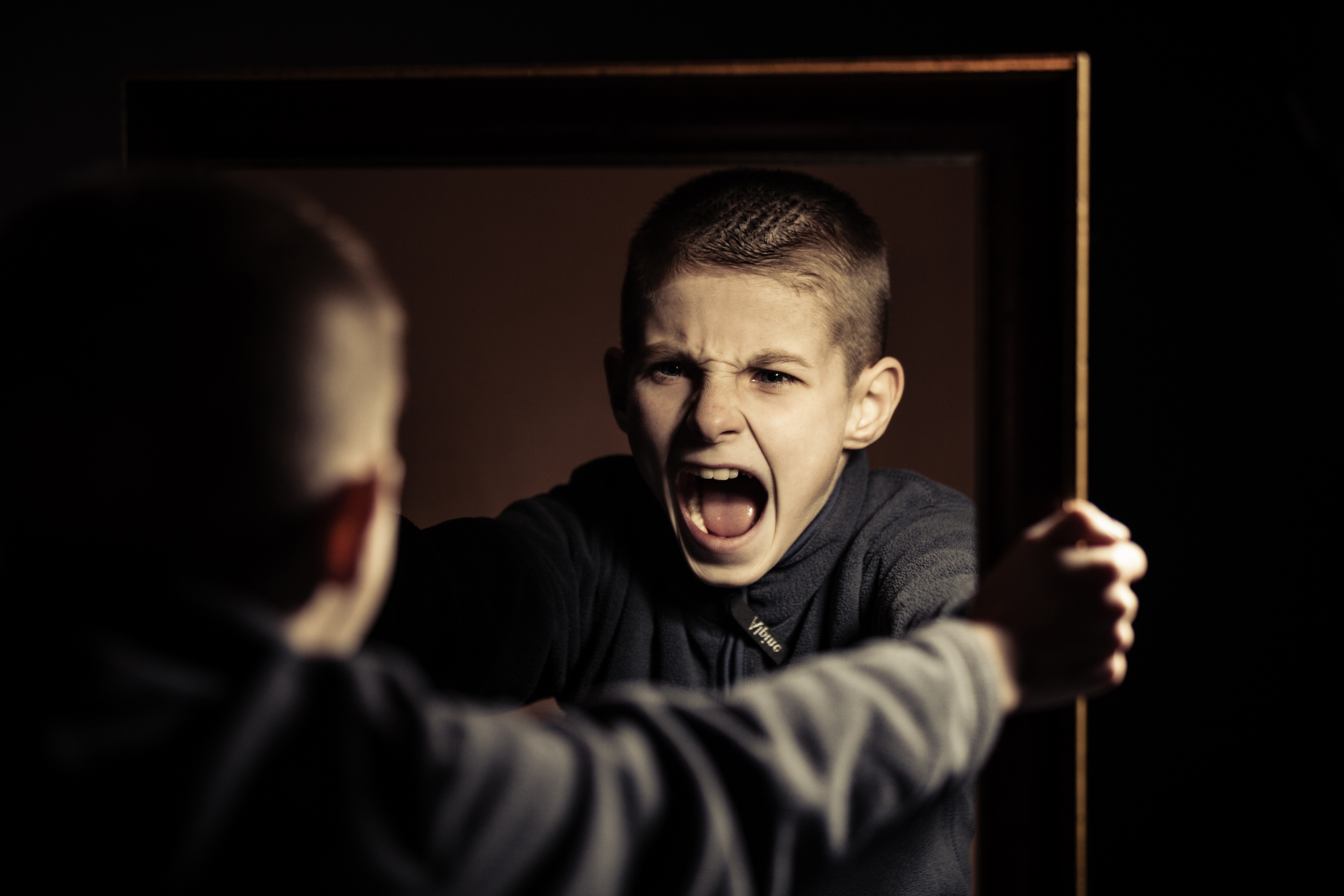
Memory
Memory problems following a brain injury are common. Your child may not remember things they use to know like directions to a friend’s house or academic skills. They may misplace or lose things frequently or forget what they were just told. You may notice that their memory becomes worse when they are tired, or they are given too much information at once.
Too much activity and stimulation can affect memory, behaviour, and learning.
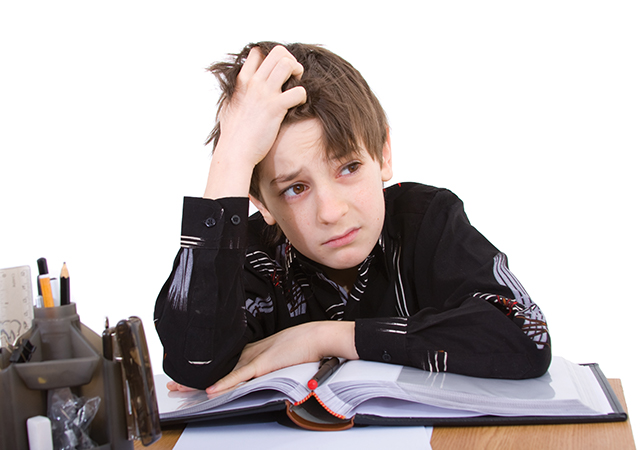
What you can do:
- Use cues or frequent reminders
- Have the day’s schedule written down to help them remember what will be coming next
- Keep routines to establish familiarity
- Build in downtime and pace activities to prevent fatigue
- Use a “to-do” list or write things down on a white board
- Break tasks or instructions down into small steps and do one step at a time.
Overstimulation
Your child may report feeling overwhelmed or upset by a lot of noise or bright lights. If they become overstimulated easily, returning to school or a noisy classroom can be difficult. They may experience more frequent headaches as a result of overstimulation.
What you can do:
- Try to avoid overstimulating situations such as shopping malls or grocery stores
- Try to provide a quiet area in your house for them to go to if they are feeling overwhelmed
- Encourage frequent quiet and rest breaks
- Try to keep things simple by only giving one instruction at a time or talking slowly
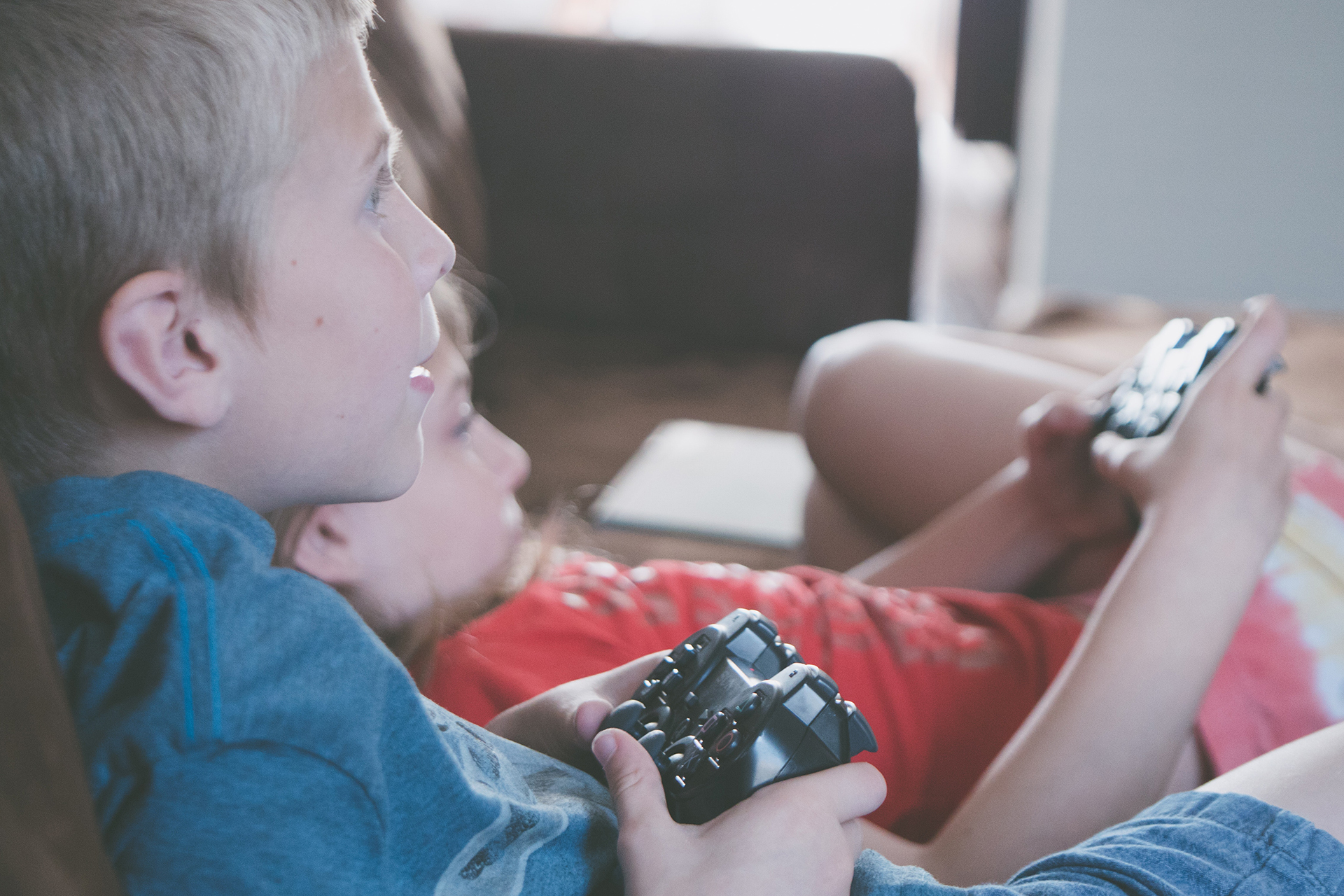
Impulsiveness
Following a brain injury, there can be displays of impulsive behaviour (i.e. acting before thinking). For example, your child may begin blurting out in class or social situations and make decisions quickly without considering the consequences. Impulsivity may cause problems at home, with peers, and in school. It may also pose a safety risk for your child.

What you can do:
- More careful supervision may be necessary
- Encourage your child to use strategies to help them pause before they speak or act (e.g. counting to five or using the “stop, think, and act” strategy)
- Recognize that impulsive behaviour may not be something they can control
- Reinforce appropriate social and classroom behaviour
- Try to help siblings understand that the impulsive behaviour may not be intentional
Many of the changes displayed following a brain injury will require patience and support from the family, school, and friends
Concentration
Your child’s ability to concentrate may change following a brain injury. They may have a reduced attention span and be more easily distracted. You may notice that it becomes worse when they are tired, in pain, or in situations where there are more distractions.
What you can do:
- Ensure your child is well rested when working on activities which require attention and concentration
- Break tasks and instructions up into smaller steps and encourage them to do one at a time
- Write down instructions
- Provide a quiet work area where there are as few distractions as possible
- Provide frequent rest breaks
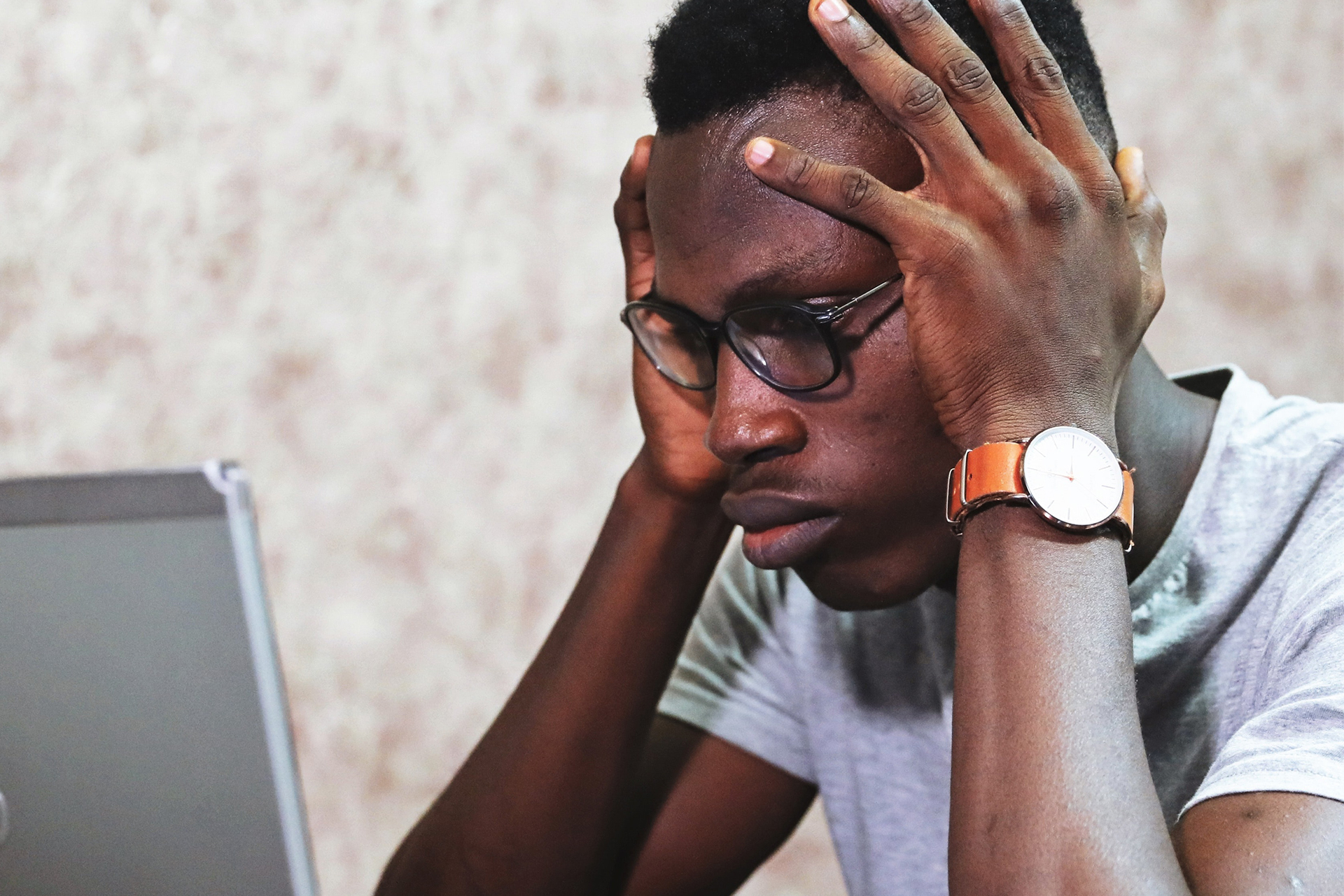
Organization
Following a brain injury, you many notice your child has difficulty planning activities, organizing their ideas, or initiating tasks. They may also have difficulty identifying when things are in the wrong order or completing projects requiring many different steps.
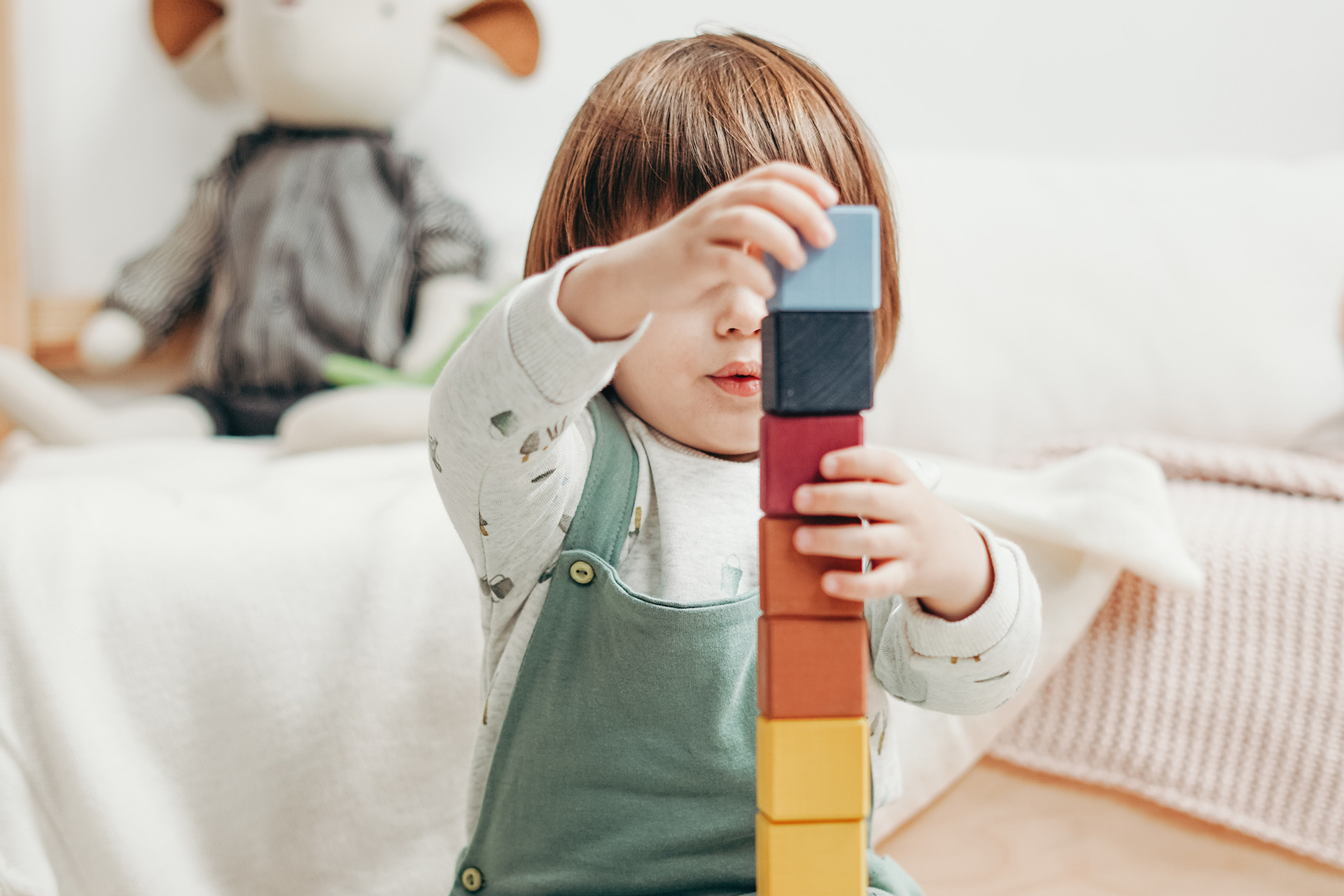
What you can do:
- Write down step-by-step instructions (or draw pictures)
- Limit one activity at a time
- Use a day-planner or organizer
- Use a watch that beeps to signal moving on to specific activities or tasks
- Break tasks into smaller steps
- Take ten minutes at the beginning of each day to review what the day’s activities will be
Maintaining good communication with the school will help ensure that potential problems are dealt with in a timely manner.
Many of these changes will subside or change over time; however, you may also notice that the changes become more pronounced during adolescence. Identifying signs or ‘triggers’ and getting help early can be the key to preventing situations from getting out of control.
You will have good days and bad days throughout your child/teen’s recovery. Remind yourself that the changes you are noticing may be a result of the brain injury. Try not to take things personally, and if you have supportive friends and family, now is the time to draw on their support. Although your child or teen cannot always help it, by working together to find solutions, you can find ways to make it easier.
Transitions
Transitions refer to life changes and experiences as people move from one life stage to the next. Child and youth with a brain injury experience many transitions on their road to adult life such as from the hospital to the school, elementary school to high-school, high-school to post-secondary school and then to independent living and working environments.

What does “transition planning” mean and why is it important?
All children face many transitions, like transitioning from one grade to another, from elementary to high-school and from high-school to post-secondary. To assist children in making transitions that are smooth, and with the least amount of stress, it is important to carefully “plan” for these transitions. Children who have been away from school as a result of their injury may also need special consideration as they transition “back to school” and “back to activity”.
Your child will need support to navigate through these transitions. You can help them by:
- Ensuring physical, cognitive, and emotional changes after the brain injury are understood and supported
- Ongoing identification of short-term goals that lead to long-term achievement
- Helping them to achieve their greatest level of independence by teaching them the life skills needed to function in the community and outside of school
- Reduce stress at times of change and adjustment
Return to Learn and Return to Play
It is important that your child have a successful return to school before they return to sports.
The Parents’ Role in School Transition Planning
(Used with expressed permission from Holland Bloorview Kids Rehabilitation Hospital. Adapted for BIFI-A by Caron Gan)
Learn as much as you can about your son’s/daughter’s challenges related to their brain injury, including any recommended modifications and accommodations.
Meet with school staff to provide them with all relevant reports and to educate them about your child’s strengths, weaknesses, educational needs, and learning styles.
Whenever a school change is coming up, connect with school resource personnel (e.g. home room teacher, special education, guidance) as soon as possible to collaboratively plan for transition.
If available, invite members of your child’s rehabilitation team to attend planning meetings (i.e., psychologist, social worker).
Suggest resource material for the school to help them better understand ABI in children and youth.
Learn as much as you can about the Identification, Placement, and Review Committee (IPRC) process and Individual Education Plan (IEP).
Ask your son/daughter to invite home peers from school to support development of positive peer relationships.
Develop a collaborative partnership with the school to ensure close, regular communication, and to support advocacy efforts.
Help your son/daughter practice self‐advocacy skills around their educational needs. Have them involved in planning and transition meetings.
School Performance
After an ABI, many students experience difficulties in school. There may be cognitive changes in their ability to understand or complete schoolwork, and there may be a decline in the amount of work the student can do in a day. Math and reading may be more challenging following the injury and you may notice your child has more difficulty with developmental transitions than their peers or siblings.
Returning to school should be a gradual process and your child’s curriculum may need to be modified to accommodate their needs. It is important that you inform your child’s school principal and teacher about their brain injury and work together to manage any challenges your child is experiencing. Provide all assessment information on the brain injury to the school and maintain communication to monitor their progress.
Remember: Even though an Acquired Brain Injury (ABI) is not considered an “exceptionality”, you can communicate with your child’s school that their brain injury is considered a “disability” by the Ontario Human Rights Commission (OHRC). This may prompt the school to seek out more information to understand and address your child’s needs.
Advocacy
Teaching your child how to advocate for themselves is as essential as advocating for them. It is important for your child to continue to work on and develop self‐advocacy so they can be empowered for the rest of their life.
An important early self‐advocacy skill is allowing children to make choices. Assist your child in identifying what they like and do not like, what they are good at, and what they find challenging. As your child grows and develops, it is important that they express their needs at home, school, and in the community.
Step 1
Help your child learn about him/herself:
⦁ Teach choice making skills by focusing on likes and dislikes, wants and needs.
⦁ Help your child to understand who they are as a learner. Consider completing “All about me” activities, make lists or picture collages about interests, strengths and challenges.
Step 2
Help your child learn the support they need to be successful:
⦁ Assist your child in identifying when they need help (e.g. I need to find a quiet place when I feel anxious).
⦁ Assist your child in identifying what helps them to learn and remember (e.g. It helps me to remember when I have a list of things I need to do).
⦁ Assist your child in understanding what helps them focus (e.g. I need to wear my headphones when it becomes too noisy for me to concentrate on my work).
⦁ Assist your child in understanding what makes them anxious and uncomfortable.
⦁ Help your child to recognize when feelings start and what they can do to calm themselves before becoming overwhelmed.
Step 3
Help your child learn to effectively communicate needs:
⦁ Ensure your child knows how to communicate their needs.
⦁ Teach your child a means of communication to help them make their needs known to others (e.g. picture symbols, phrases, and gestures).
⦁ Encourage your child to practice communicating their needs in a safe place (e.g. home, classroom).
Advocacy and Education Law
Following a pediatric brain injury, your child will require close monitoring by their teachers to follow their progress and provide support when needed. It will be extremely important for you to understand the current legislations and your child’s rights in order to be a strong advocate.
What are my child’s rights?
The Ontario Human Rights Commission (OHRC) has dominance over The Education Act and has a policy on educating children with disabilities called the Policy on Accessible Education for Students with Disabilities, March 2018.
For the full policy, please see:
http://www.ohrc.on.ca/en/policy‐accessible‐education‐studentsdisabilities
As a parent it may be difficult to accept that your child has a disability following a brain injury, especially since it may be invisible. The OHRC recognizes brain injury in their definition of disability.
Key points in the definition of disability relating to brain injury by the Ontario Human Rights Commission include:
- A disability may be present at birth, caused by an accident, or developed over time
- Specifically names “brain injury” in its definition
- May be “episodic” or not “visible”
- May reveal itself over time
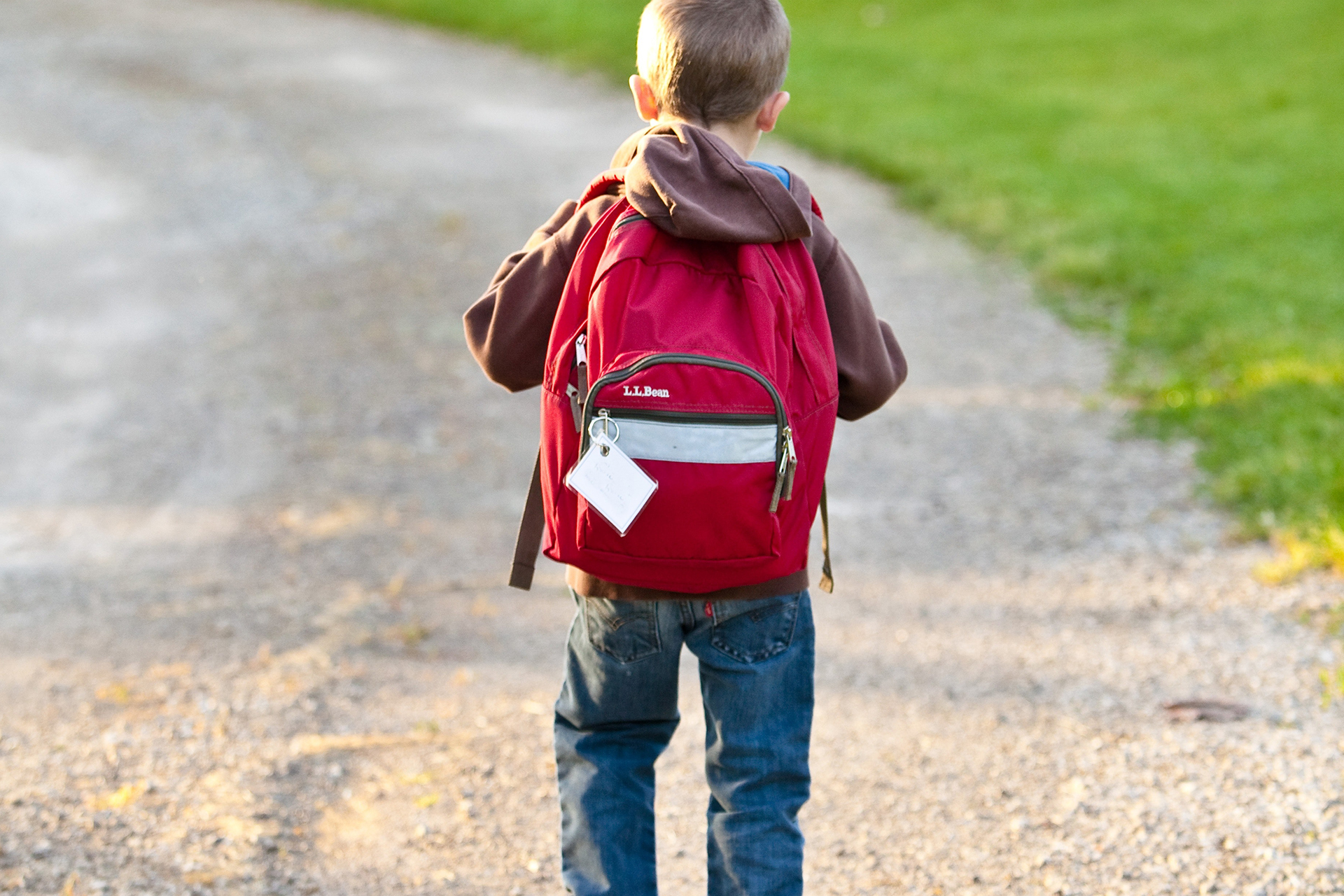

How can this help my child at school?
By recognizing brain injury as a disability, your child’s teachers and school must consider their unique needs and be willing to support your child. This is especially true for children with brain injury as we know children usually grow into their brain injury and therefore the help they need may change over time.
What about The Education Act?
The Education Act uses the term “exceptionality” and provides clear instructions for special education programs and services for “exceptional” students.
Exceptional students are:
- Children who need special education programs or services
- Children who meet the criteria for any of the following categories:
Communication
⦁ Autism
⦁ Deaf and Hard of Hearing
⦁ Language Impairment
⦁ Speech Impairment
⦁ Learning Disability
Intellectual
⦁ Giftedness
⦁ Mild Intellectual Disability
⦁ Developmental Disability
Physical
⦁ Physical Disability
⦁ Blind and Low Vision
Behaviour
- Inability to build and maintain relationships
- Excessive fears or anxieties
- Compulsive reactions
- Inability to learn which is not related to other health factors
At this time, there is no category that formally identifies “Acquired Brain Injury” as an exceptionality requiring specific interventions under The Education Act and its related regulations. Depending on how your child’s brain injury has impacted them, your child may qualify for special education services under The Education Act and its related “Regulations” and “Policy/Program Memoranda”.
For detailed information please see “Special Education in Ontario, Kindergarten to Grade 12” at
What are the “Regulations” I need to know about?
The Ministry of Education has developed regulations that must be followed by school boards/schools in supporting students with exceptionalities. For a list of all the Regulations see “Special Education in Ontario, Kindergarten to Grade 12” above. One of the most significant regulations for parents to be aware of is Regulation 181/98.
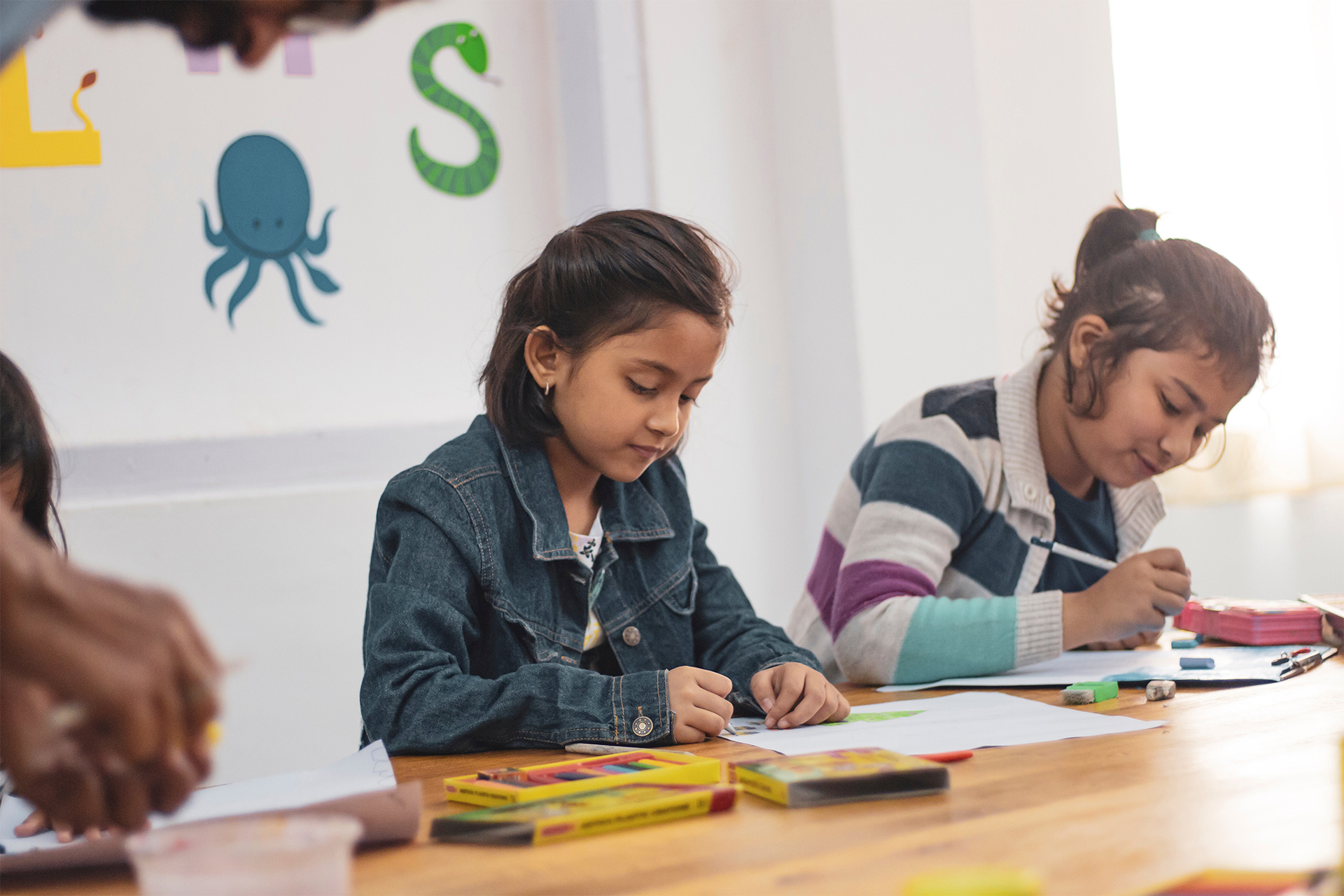
Regulation 181/98 Identification and Placement of Exceptional Pupils
This regulation outlines how an exceptional pupil will be “identified” as an exceptional student and the special education “placement” through an Identification, Placement and Review Committee (IPRC). If your child has received an assessment by a physician, neuropsychologist, Occupational Therapist, Physiotherapist and/or Speech-Language Pathologist you should provide a copy of this assessment to the school. The results of this assessment may lead to your child being recognized as an “exceptional” student under one of the categories above. If this is the case, your child will be considered by the Identification, Placement and Review Committee (IPRC) for identification as an exceptional student. This regulation also outlines how an Individual Education Plan (IEP) must be developed for an exceptional child.
What are the “Policy/Program Memoranda (PPMs)” I need to know about?
Policy/program memoranda (PPMs) are statements that have been created by the Ministry of Education that must be followed by school boards and help schools understand and meet the requirements of a “regulation” like “Regulation 181/98” or other legislation.

Here are a few PPMs you may be interested in learning more about:
- PPM #8 Identification of and Program Planning for Students with Learning Disabilities, 2014
- PPM #11 Early Identification of Children’s Learning Needs, 1982
- PPM #59 Psychological Testing and Assessment of Pupils, 1982
- PPM #119 Developing and Implementing Equity and Inclusive Education Policies in Ontario Schools
- PPM #155 Diagnostic Assessment in Support of Student Learning, 2013
- PPM #156 Supporting Transitions for Students with Special Education Needs, 2013
- PPM #158 School Board Policies on Concussion, 2018
- PPM #159 Collaborative Professionalism, 2016
Can my child have an Individual Education Plan (IEP) if they did not have one before their brain injury?
Your child may have different needs after their brain injury, and it is possible for the school to put together an Individual Education Plan. As stated on page E11 of Special Education in Ontario, Kindergarten to Grade 12:
“An IEP may be developed for a student who has not been identified by an IPRC as exceptional, but who has been deemed by the board to require a special education program or services in order to attend school or to achieve curriculum expectations and/or to demonstrate learning.”
All Individual Education Plans (IEP) must include a transition plan that outlines goals, actions required, people responsible for the action, and a timeline. For children with brain injuries, change can be extremely challenging and it will be important to carefully set goals and create a clear plan through “transition planning”.

Are there any other laws applicable to Acquired Brain Injury?
Bill193 Rowan’s Law (Concussion Safety), 2018, is a law that addresses the safety of children in sports through concussion awareness, prevention, detection and management.
School boards are required to establish:
- Concussion Codes of Conduct to participate in sports.
- A process for the removal of students from activity when a concussion is suspected and when a concussion is diagnosed, a Return to School Plan is required
- A process to document and track a student’s progress from when they are removed from an activity to when they return to learning and physical activity.
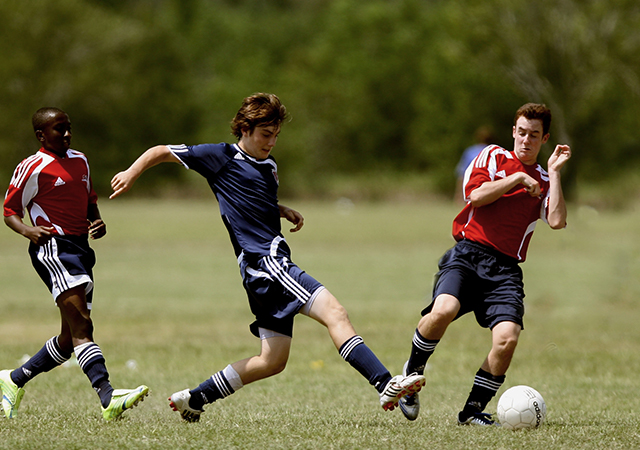
As a result of Rowan’s Law, the Ministry of Education was required to develop a policy that address the specific requirements of the law. Policy/Program Memorandum #158 “School Board Policies on Concussion”, was developed and provides Concussion Awareness Resources for school boards and schools at:
https://www.ontario.ca/page/rowans-law-concussion-awareness-resources
What is healthy sexuality?
Healthy sexuality after a brain injury involves the interaction between three areas: medical/physical issues, neuropsychological and psychological changes, and relationship factors.
Supporting Healthy Sexuality in Youth with
a Brain Injury
Listen to Joanne as she talks about her son and relationships following his brain injury
Adolescence is a time when your child will be going through many developmental changes such as:
- Physical, psychological, and social changes
- Focus on appearance
- Questions about sex and sexual exploration
- Feelings of attraction
- Identity formation
- Increased awareness of sexual orientation
- Friendships, intimacy, dating, and belonging
- Developing healthy romantic and sexual relationships
- Fertility and reproduction
Listen to Joanne as she talks about her son and relationships following his brain injury
Adolescence is a time when your child will be going through many developmental changes such as:
- Physical, psychological, and social changes
- Focus on appearance
- Questions about sex and sexual exploration
- Feelings of attraction
- Identity formation
- Increased awareness of sexual orientation
- Friendships, intimacy, dating, and belonging
- Developing healthy romantic and sexual relationships
- Fertility and reproduction
Conversations and education about sex are important and if your child/teen with a brain injury struggles taking in information, there may need to be several conversations. Like any teen, your child will have many questions and they will need to know whom they can talk with about sex and sexuality so they are well informed and safe.
Sexual health is not just being male or female but refers to relationships and how we feel about our body. Youth with ABI are like everyone else and are sexual beings. Your teen’s brain injury may affect judgment, impulse control, and decision‐making. This may make your child at a greater risk for unsafe behaviours or poor choices. Your child needs accurate information about sexuality to allow them to have respectful, fulfilling, and safe relationships.
Medical/Physical Issues
Hormonal changes and physical changes can affect your teen’s body image, sexual functioning, and the ability to self-pleasure following a brain injury. These may include:
Altered sensations (hypersensitivity or hyposensitivity)
Changes in gross or fine motor skills
Mobility and balance issues
Fatigue
Fertility issues
Pain
Seizures
Diminished or heightened interest in sex
Early or delayed onset of puberty
Medications May Effect Arousal Problems and Reduce effectiveness of birth control
Psychological Factors
Social and behavioural changes after brain injury may impact peer, social, or romantic relationships. These may include:
Changes in social judgment, social awareness, and the ability to read social cues
Apathy or initiation difficulties
Poor impulse control
Behavioural disinhibition
Personality changes
Difficulties with irritability or emotional control
Changes in memory, attention, and concentrations which can affect social communication
Relationship Factors
Factors that may affect your child’s ability to develop and maintain healthy relationships may include:
Limited life and sexual experience
Less developed social and relationship skills
Fewer opportunities to develop normal peer relationships
Increased vulnerability due to social and cognitive difficulties
Concerns around how to explain brain injury to others
Parental overprotectiveness

OBIA gives its sincerest appreciation to the Holland Bloorview Kids Rehabilitation Hospital Family Leaders who contributed their time and experience to the development of the pediatric module.

